What tea professionals need to start the week of Dec. 15, 2014 —
Today is International Tea Day… What’s in a name? In Hong Kong TWG is fighting not to lose its identity… Specialty Food Trends for 2015 reports its: Tea’s Time… Shapely Scotch jigger or teacup? Turks take offense at whisky peddler’s attempt to re-purpose the traditional barda??…QTerra NOVO tea brewer launches on Kickstarter… Capital Teas are now available in Keurig-compatible cups.
Happy Tea Day
The global tea industry is now worth $109 billion, a reminder of the remarkable growth of the past decade. U.S. sales are expected to reach $25 billion by year end. Production has climbed dramatically since 2005 and consumption, which was up 5% in 2013, is keeping pace. In the United States tea sales grew an impressive 5.7% last year in grocery and department stores, according to the American Botanical Council’s Tea Market Report.
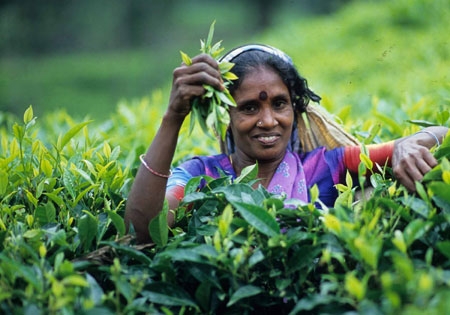 The most important reason to celebrate is the overall benefit tea brings to millions of families world wide.
The most important reason to celebrate is the overall benefit tea brings to millions of families world wide.
In Kenya there are 560,000 smallholders growing tea. In Sri Lanka more than 400,000 growers farm small parcels to produce 76% of the country’s tea. Most of the tea grown in Indonesia, Vietnam and China farmed on small parcels by individuals who rely on tea as their primary cash crop.
Comparisons are inevitable when it comes to coffee and tea. The world is neatly divided between tea drinking and coffee drinking lands. More coffee harvested annually but the tea industry employs more workers and has greater overall market value.
The Food and Agriculture Organization (FAO) of the United Nations reports 8.5 million tons of coffee is produced globally, roughly twice the 4.7 million tons of tea but it takes 10 grams of coffee to make a cup of Joe and only 2 grams to make a cup of tea. Worldwide there are about three cups of tea consumed for every cup of coffee.
Tea consumption vs coffee
| Country | Tea | Coffee |
| Kenya | 99.2% | 0.8% |
| China | 98.8% | 1.1% |
| India | 89.9% | 11.0% |
| United Kingdom | 78.4% | 21.6% |
| Australia | 50.3% | 49.7% |
| United States | 25% | 75% |
| Algeria | 22.3% | 77.7% |
| South Korea | 17.7% | 82.3% |
| Philippines | 5.3% | 97.4% |
Euromonitor: 2012
Coffee is king in the Philippines but China is a tea-drinker’s paradise. Only 1% prefer coffee in China but the number of coffee drinkers is growing as coffee catches on with the young and more affluent Middle Class. Chains like Starbucks and Coffee Bean & Tea Leaf are rushing into the market along with European brands. While 44% of Americans drink tea, three-quarters say they prefer coffee.
Australia is literally teetering between the two beverages with 50.3% of its residents stating a preference for tea versus 49.7% who prefer coffee.
As to the question of which has greater health benefits, tea wins hands down but the ongoing debate is getting refined. If you rule that caffeine is a draw that since both coffee and tea contain caffeine (in differing amounts and available via different chemistry) there is scientific evidence of distinct health advantages in both beverages. Drinking three to four cups of coffee, for example, is shown to decrease an individual’s risk of developing type 2 diabetes by 25%.
Click on this infographic from Policy Expert for a look (via Lifehacker).
Whether you choose tea or coffee, remember to ease off on the cream and sugar as too much of either negates the most important health benefits in these beverages.
Specialty Food Trends
The editors at Specialty Food News, annually predict food trends and tea once again made the list.
Editor Denise Purcell writes that “Food producers are tapping into the growing sophistication and buying power of today’s consumers.”
Among her predictions are culinary cannabis, transparent labeling, “Super Bowls” for convenience and “Asian Food Roots” as consumers reach beyond Chinese, Japanese, and Thai to discover new regional foods, from Vietnamese to upscale ramen.
No. 5 on the list is: Tea’s Time – Tea is getting the high-end treatment from ingredient upgrades to elegant cafe experiences.
“Sweetener High” follows: Customers are swapping added sugars for alternative natural sweeteners including stevia, maple syrup and honey.
Other trends to watch: Small-batch, local yogurt; the next superfood contenders: kaniwa, baobab, soursop; the next kale: seaweed, cauliflower
See the entire list on this colorful infographic: Specialty Food Trends Forecast 2015
QTerra NOVO Travel Tea Brewer
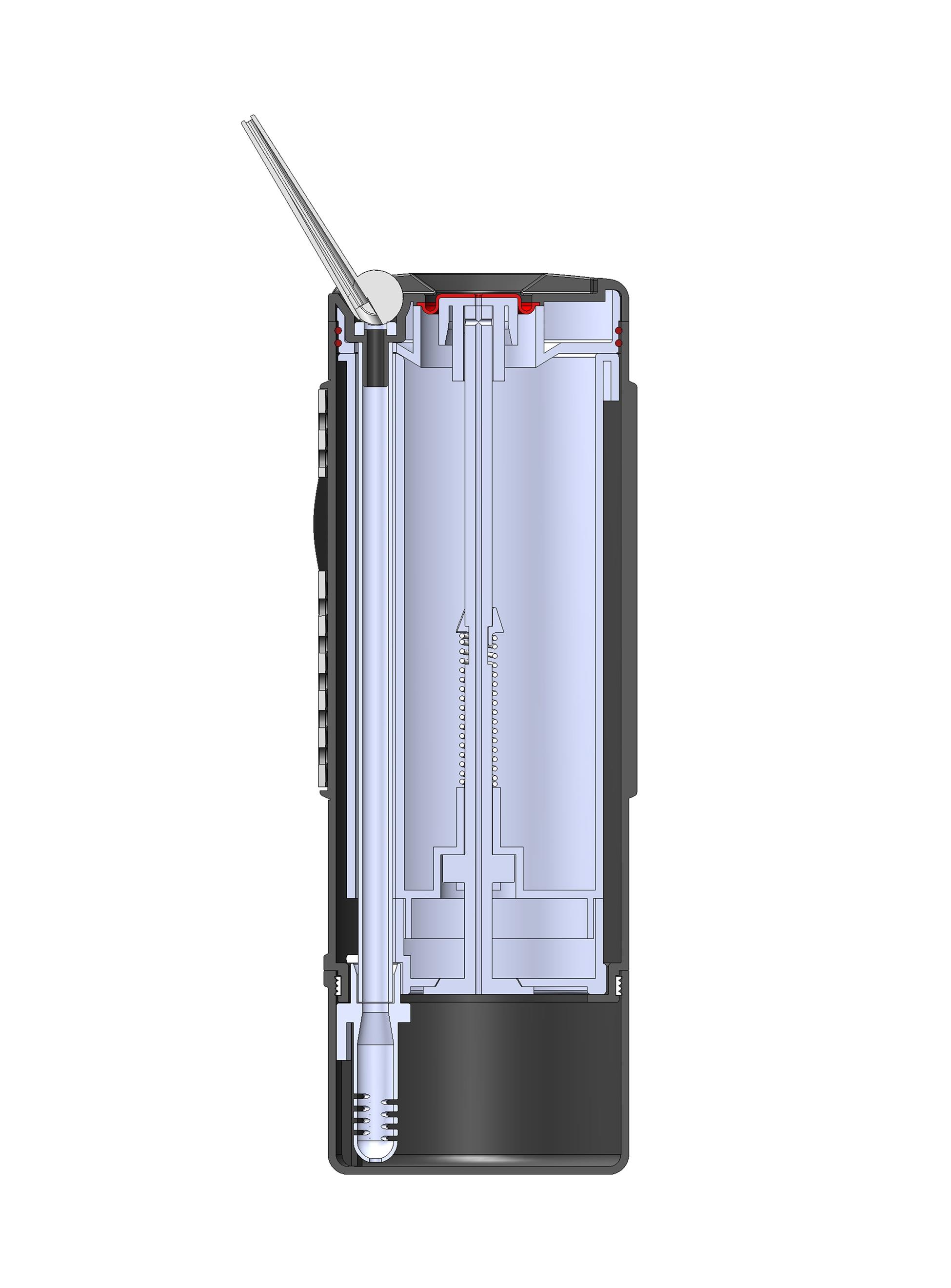
Our recent review of successful tea projects on Kickstarter drew a lot attention. Inventor Pierre Baston was just about ready to launch when Tea Biz posted so I’m grateful to Alexis Siemons for bringing the QTerra brewer to our attention this week.
Baston of Philadelphia was inspired by the mate gourd and straw (bombilla) used by Argentinians.
Unlike a typical travel cup, the QTerra is a portable tea brewer that makes it possible to steep loose-leaf tea multiple times using varying amounts of water stored in an internal reservoir.
The diagram at right shows how the “CoolStraw” technology draws from the brewing chamber. Tea drinkers on the go can fill the brewer with hot water and dry leaf before leaving for work. The insulated water reservoir stays hot for hours allowing you to steep the tea later on the subway, train or in the car. The water is released by push button providing additional control critical for green tea drinkers who prefer a short (gongfu style) steep with small quantities of water and lower temperatures.
The CoolStraw is constructed of material that lowers the temperature to 140-degrees Fahrenheit, absorbing heat and preventing spills.
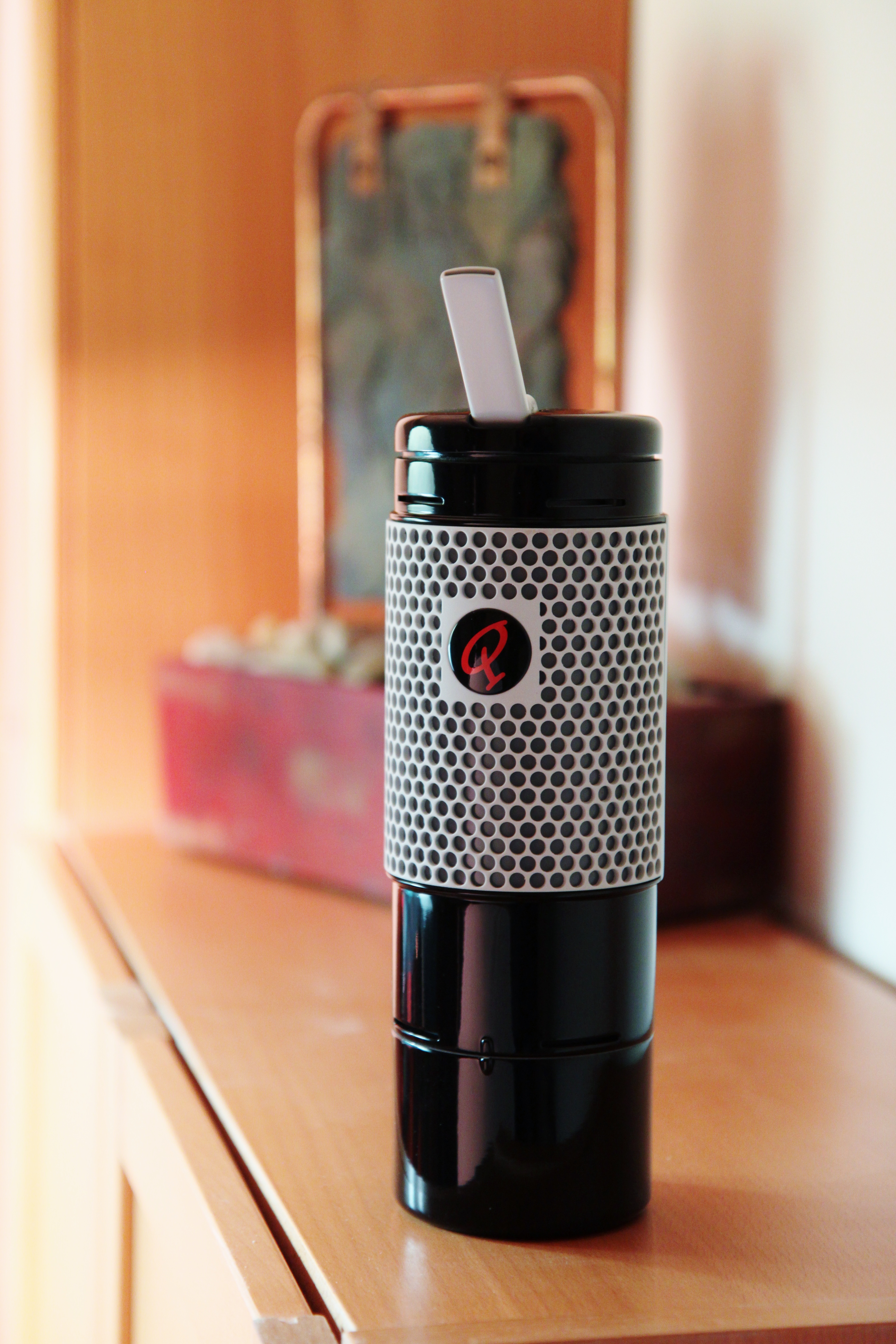
Alexis describes the brewer “as an extension (not replacement) of the tea experience, the NOVO is meant to offer one the ability to enjoy the gongfu/mate steeping style when on-the-go and away from an at-home tea ritual.”
The inventor hopes to generate $150,000 to pay for molds and manufacturing expenses. There are two weeks to go in the funding cycle. If successful the brewer will go into production in November 2015. Backers get brewers and tea samplers and a vote in determining the production colors.
The brewer is eco-friendly, BPA-free and sturdy. The suggested retail price is $79.
Learn more: QTerra NOVO
A Shapely Cup
Turks enjoy their tea like few others. The country’s per capita consumption tops 10 cups a day, that’s 13.8 kilos a year. Turkish tea drinkers prefer a black tea sweetened with beetroot sugar.
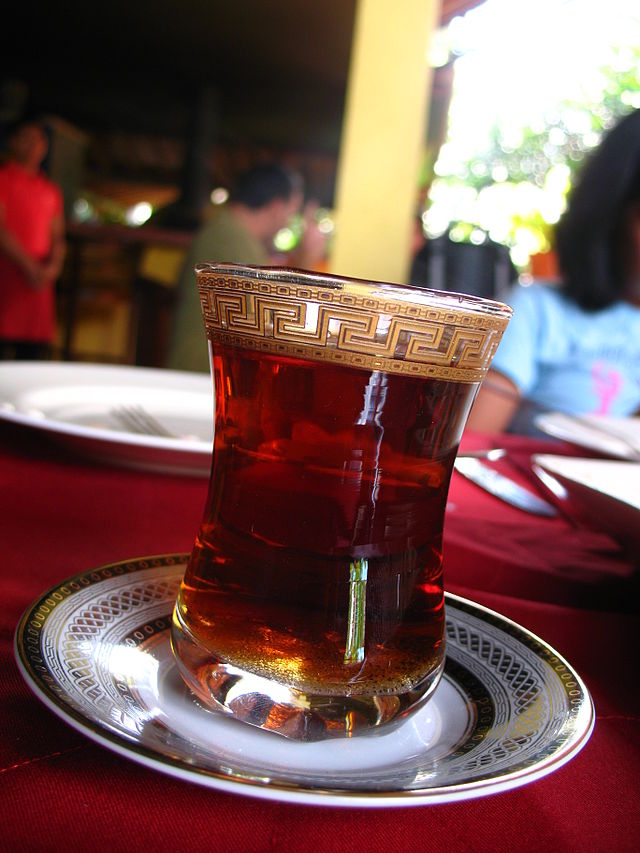
Their glassware is just as distinctive as their brewed tea. Recently these slender waist glasses were the at the center of a teapot tempest reported by the Hurriyet Daily News.
The paper reported: “Pious Turkish tea junkies are upset after glasses identical to the traditional, Anatolia-bred “slender-waist” cups were marketed as “the perfect whisky glass” by a U.S. spirits company and sold online. Many Turks avoid alcohol due to their religious beliefs.
The website claims the glasses were discovered by “our friend David Hill of the Malt Guild.” Years of research in Scotland “with the best Scotch distillers in the world” led him to conclude the design of this glass “best expresses the nose and taste of a fine whiskey.”
The website offers a detailed “scientific” explanation of how Turkish tea glasses “allow alcohol to escape up the sides while the heavier aromas continue upward and inward. This occurs because the physical pressure and vaporization rates of the voc’s are greater and slower than the alcohol.”
“Keen-eyed Turks were not deceived by such promotional ‘plagiarism’, ” according to the newspaper. The glasses sell for $25 each online but you “can find them sold for a fraction of that price in almost any Turkish market,” writes the Hurriyet Daily News.
The barda??, as it is known, is a very practical design for serving hot drinks. The flared top makes it easy to sip and the tea in the top portion of these 100-gram glasses cools faster than tea in the bottom which retains heat longer than a conventional tea cup.
TWG
A Hong Kong appeals court has ruled that Singapore-based TWG Tea Company can no longer use the name TWG in business dealings. Owners of TWG Tea (HK) Company argued that allowing TWG to continue operating its premium tea shops would lead to confusion that harmed the Tsit Wing Group, a tea wholesaler founded in 1932.
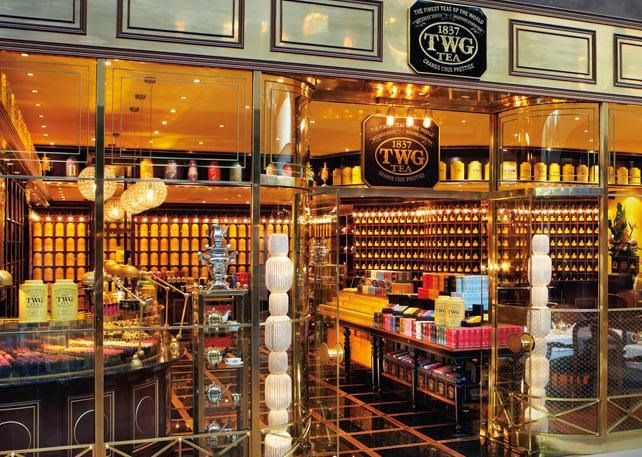 TWG, which stands for The Wellness Group, must now change its business identity in Hong Kong, including the display of its distinctive trademark on tins, signage, literature and packaging. It first began operations there in 2011. TWG operates a premium tea lounge in the IFC Mall.
TWG, which stands for The Wellness Group, must now change its business identity in Hong Kong, including the display of its distinctive trademark on tins, signage, literature and packaging. It first began operations there in 2011. TWG operates a premium tea lounge in the IFC Mall.
The decision does not impact TWG’s online operations or retail shops in Singapore, Kuala Lumpur, Bangkok, London, Dubai, New York and Tokyo,
An attorney for TWG said the company registered a TW logo as “Plan B” and Tsit Wing Group has not voiced any objections.
Source: South China Morning Post
Single-cup Capital Teas
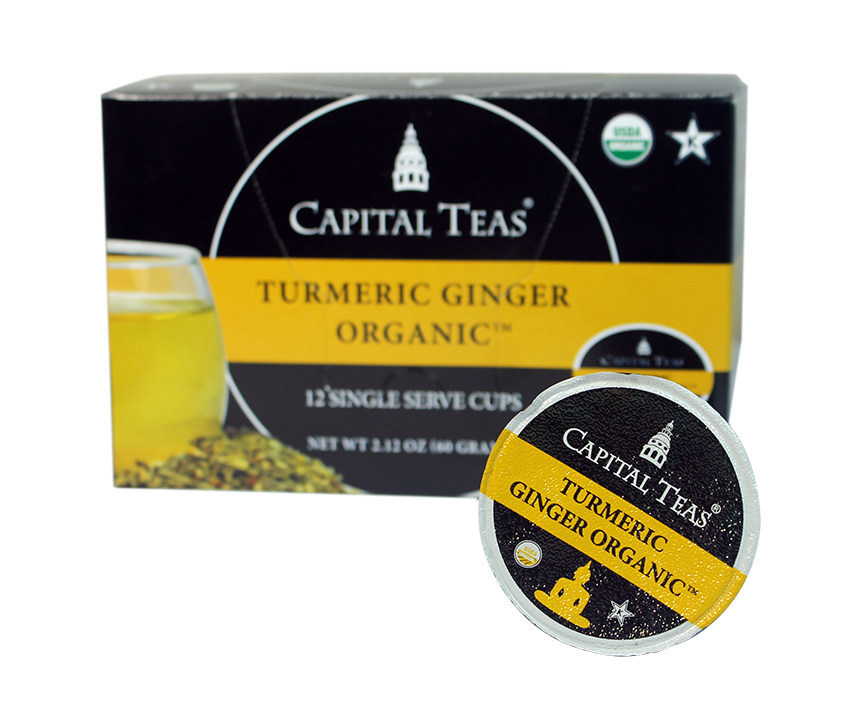
Packaged Facts estimates sales of tea in capsules account for approximately 10% of dry tea sales this year. Sales of capsule tea grew 32.8% to $138 million in 2013, surpassing packet tea.
Capital Teas just released five flavors in Keurig-compatible capsules, priced at $12.95. The cups “marry the nuanced and distinctive flavors of a premium loose tea, replicated in a form that can be brewed consistently with a Keurig® in two minutes or less,” according to the company.
“Tea is experiencing a modern-day revolution and is growing in appeal daily to people from all walks of life. Our new single-serve cups will enable customers to make healthy choices even while on-the-go,” said CEO Peter Martino. “We’re hopeful that this additional and convenient format for our premium teas will help introduce the fast-growing Capital Teas brand to more consumers every day, and allow them to enjoy both great taste and to infuse well-being in every cup.”
Packs are available on Amazon at www.capitalteas.com and at Capital Teas’ 13 locations.
? ? ?
Tea Biz serves a core audience of beverage professionals in the belief that insightful journalism informs business decision-making. Tea Biz reports what matters along the entire supply chain, emphasizing trustworthy sources and sound market research while discarding fluff and ignoring puffery.
Tea Biz posts are available to use in your company newsletter or website. Purchase reprint and distribution rights for single articles or commission original content. Click here for details.


